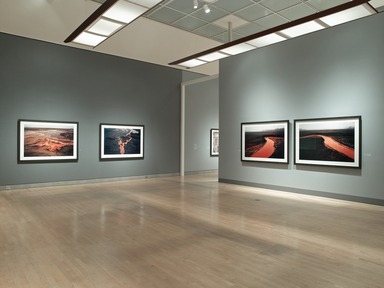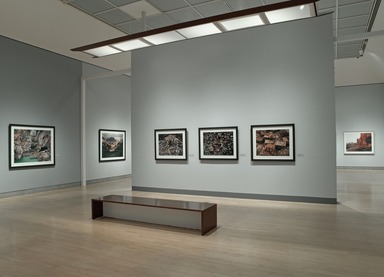

Manufactured Landscapes: The Photographs of Edward Burtynsky, October 7, 2005 through January 15, 2006 (Image: DIG_E_2005_Burtynsky_01_PS2.jpg Brooklyn Museum photograph, 2006)

Manufactured Landscapes: The Photographs of Edward Burtynsky, October 7, 2005 through January 15, 2006 (Image: DIG_E_2005_Burtynsky_02_PS2.jpg Brooklyn Museum photograph, 2006)

Manufactured Landscapes: The Photographs of Edward Burtynsky, October 7, 2005 through January 15, 2006 (Image: DIG_E_2005_Burtynsky_03_PS2.jpg Brooklyn Museum photograph, 2006)

Manufactured Landscapes: The Photographs of Edward Burtynsky, October 7, 2005 through January 15, 2006 (Image: DIG_E_2005_Burtynsky_04_PS2.jpg Brooklyn Museum photograph, 2006)
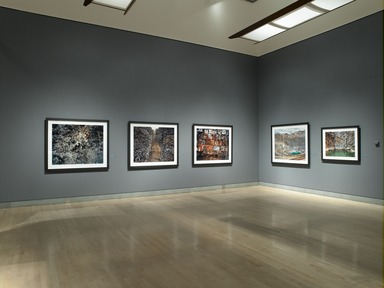
Manufactured Landscapes: The Photographs of Edward Burtynsky, October 7, 2005 through January 15, 2006 (Image: DIG_E_2005_Burtynsky_05_PS2.jpg Brooklyn Museum photograph, 2006)
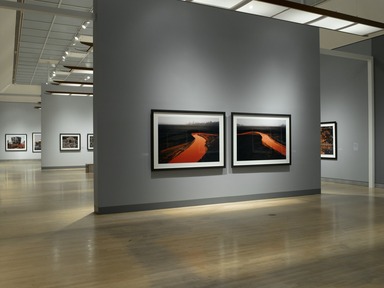
Manufactured Landscapes: The Photographs of Edward Burtynsky, October 7, 2005 through January 15, 2006 (Image: DIG_E_2005_Burtynsky_06_PS2.jpg Brooklyn Museum photograph, 2006)

Manufactured Landscapes: The Photographs of Edward Burtynsky, October 7, 2005 through January 15, 2006 (Image: DIG_E_2005_Burtynsky_07_PS2.jpg Brooklyn Museum photograph, 2006)
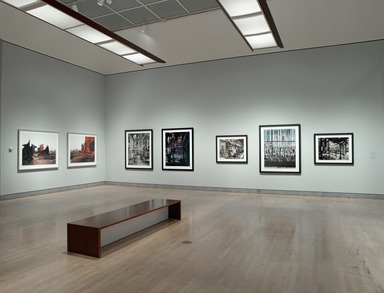
Manufactured Landscapes: The Photographs of Edward Burtynsky, October 7, 2005 through January 15, 2006 (Image: DIG_E_2005_Burtynsky_08_PS2.jpg Brooklyn Museum photograph, 2006)
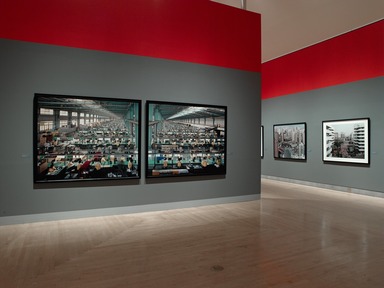
Manufactured Landscapes: The Photographs of Edward Burtynsky, October 7, 2005 through January 15, 2006 (Image: DIG_E_2005_Burtynsky_09_PS2.jpg Brooklyn Museum photograph, 2006)

Manufactured Landscapes: The Photographs of Edward Burtynsky, October 7, 2005 through January 15, 2006 (Image: DIG_E_2005_Burtynsky_10_PS2.jpg Brooklyn Museum photograph, 2006)
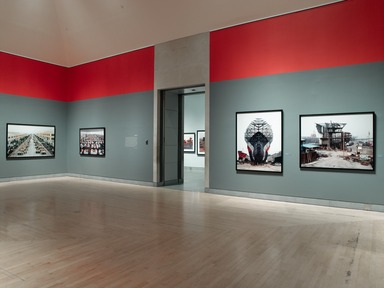
Manufactured Landscapes: The Photographs of Edward Burtynsky, October 7, 2005 through January 15, 2006 (Image: DIG_E_2005_Burtynsky_11_PS2.jpg Brooklyn Museum photograph, 2006)
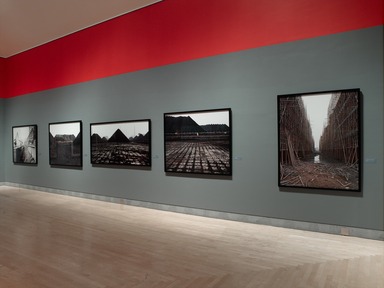
Manufactured Landscapes: The Photographs of Edward Burtynsky, October 7, 2005 through January 15, 2006 (Image: DIG_E_2005_Burtynsky_12_PS2.jpg Brooklyn Museum photograph, 2006)
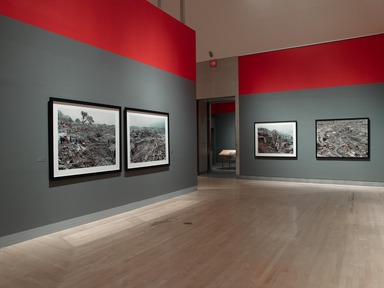
Manufactured Landscapes: The Photographs of Edward Burtynsky, October 7, 2005 through January 15, 2006 (Image: DIG_E_2005_Burtynsky_13_PS2.jpg Brooklyn Museum photograph, 2006)

Manufactured Landscapes: The Photographs of Edward Burtynsky, October 7, 2005 through January 15, 2006 (Image: DIG_E_2005_Burtynsky_14_PS2.jpg Brooklyn Museum photograph, 2006)

Manufactured Landscapes: The Photographs of Edward Burtynsky, October 7, 2005 through January 15, 2006 (Image: DIG_E_2005_Burtynsky_15_PS2.jpg Brooklyn Museum photograph, 2006)
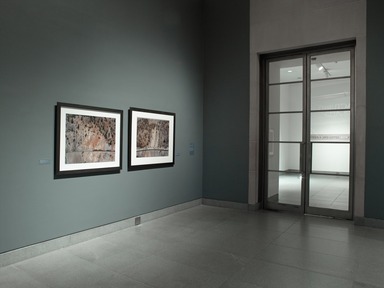
Manufactured Landscapes: The Photographs of Edward Burtynsky, October 7, 2005 through January 15, 2006 (Image: DIG_E_2005_Burtynsky_16_PS2.jpg Brooklyn Museum photograph, 2006)
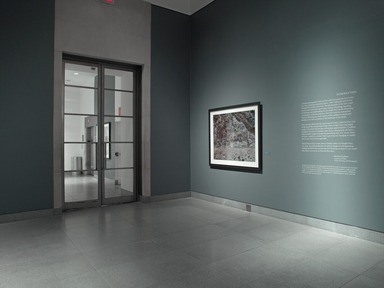
Manufactured Landscapes: The Photographs of Edward Burtynsky, October 7, 2005 through January 15, 2006 (Image: DIG_E_2005_Burtynsky_17_PS2.jpg Brooklyn Museum photograph, 2006)
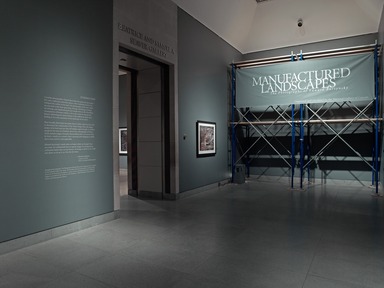
Manufactured Landscapes: The Photographs of Edward Burtynsky, October 7, 2005 through January 15, 2006 (Image: DIG_E_2005_Burtynsky_18_PS2.jpg Brooklyn Museum photograph, 2006)

Manufactured Landscapes: The Photographs of Edward Burtynsky, October 7, 2005 through January 15, 2006 (Image: DIG_E_2005_Burtynsky_19_PS2.jpg Brooklyn Museum photograph, 2006)
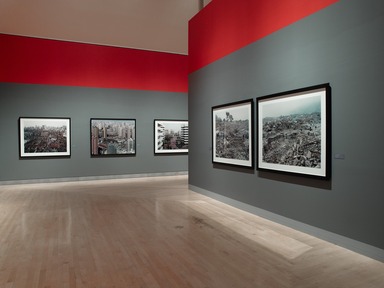
Manufactured Landscapes: The Photographs of Edward Burtynsky, October 7, 2005 through January 15, 2006 (Image: DIG_E_2005_Burtynsky_20_PS2.jpg Brooklyn Museum photograph, 2006)

Manufactured Landscapes: The Photographs of Edward Burtynsky, October 7, 2005 through January 15, 2006 (Image: DIG_E_2005_Burtynsky_21_PS2.jpg Brooklyn Museum photograph, 2006)
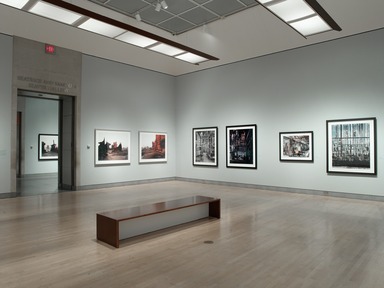
Manufactured Landscapes: The Photographs of Edward Burtynsky, October 7, 2005 through January 15, 2006 (Image: DIG_E_2005_Burtynsky_22_PS2.jpg Brooklyn Museum photograph, 2006)
Manufactured Landscapes: The Photographs of Edward Burtynsky
-
Introduction
Canadian photographer Edward Burtynsky has spent the last twenty-five years exploring unfamiliar places, where industrial activity has reshaped the surface of the land. His photographs of the man-made terrains that result from quarrying, mining, railcutting, recycling, oil refining, and shipbreaking do not simply show us the disturbing consequences of human industry, they also reveal an unexpected beauty, subverting our usual notions of the sublime in nature and leading us to a new awareness of the landscape of our times.
Most recently, Burtynsky has spent time in China, where he first went to document the construction of the Three Gorges Dam, the largest project of its kind and one that will displace approximately 1.5 million people by the time it is finished. Burtynsky’s photographs of China—which include images of people disassembling their own towns, brick by brick—testify to a country that is growing and changing so rapidly that it may soon be unrecognizable.
Edward Burtynsky’s works show us beauty where we thought there was none. He understands how to capture images of a disappearing civilization before they are lost forever. He brings us closer to our world and allows us to see it, as if for the first time.
Manufactured Landscapes: The Photographs of Edward Burtynsky is organized and circulated by the National Gallery of Canada. The Brooklyn Museum presentation is made possible in part by the Parnassus Foundation, courtesy of Jane and Raphael Bernstein. Additional support is provided by the Andrew J. and Christine C. Hall Foundation, Nancy and Rob Grover, and other generous donors.
— Marilyn Kushner
Curator and Chair Prints, Drawings and Photographs
-
May 8, 2005
The Brooklyn Museum will present Manufactured Landscapes: The Photographs of Edward Burtynsky, the first major retrospective of the internationally renowned photographer Edward Burtynsky, from October 7, 2005 through January 15, 2006. This exhibition will bring together more than 60 works by the Toronto-born artist from both public and private collections.
Burtynsky, a modern-day counterpart to nineteenth-century landscape photographers such as Carleton Watkins and Eadweard Muybridge, chooses locations that have been changed by modern industrial activity such as mining, quarrying, rail cutting, recycling, and oil refining. His works examine the intersection between land and technology for its inherent, unorthodox beauty and as a reflection of the culture that created them.
Burtynsky’s works are included in the collections of several museums including the Solomon R. Guggenheim Museum and the Museum of Modern Art in New York, the Los Angeles County Museum of Art, the National Gallery of Canada in Ottawa, and the Museum of Fine Arts, Houston.
Burtynsky’s photographs are not intended as a political statement against the devastation caused by industry, nor are they meant to celebrate the achievements of technological progress. They serve merely to draw attention to aspects of manufacturing and technological production that are usually overlooked. At the same time, these photographs challenge viewers to redefine their concept of what constitutes a landscape.
Burtynsky’s adventurous projects have taken him on a worldwide quest to photograph extraordinary landscapes created by human industry. Most recently Burtynsky traveled to the construction site of history’s most ambitious dam, located on the Yangtze River in the People’s Republic of China.
Begun in the fall of 2002, Burtynsky’s Three Gorges Dam Project documents the world’s largest hydroelectric engineering endeavor. Since then, he as taken two more trips to document the project and the most recent of his images will be represented in the Brooklyn Museum exhibition.
The dam itself is of unprecedented proportions, and the resulting redefinition of the landscape required the relocation of millions of people. Burtynsky also photographed these upriver sites of mass-displacement where residents of now submerged towns systematically destroyed their homes at the behest of the government, only to recycle many of the materials for rebuilding on higher ground.
With the Three Gorges Dam Project, Burtynsky continues his exploration of the relationship between man, nature, and “progress.” Using a large format viewfinder camera to capture the compositions, Burtynsky’s work is punctuated by remarkably rich detail. Within the vast landscapes one finds unexpected reference points such as machinery, people, bricks, and striped tarpaulins.
With his acute sense of form, Burtynsky manages to create order out of the chaos of the “ruined” environments that are his subjects. Whether photographing geometric patters incised into quarry walls, rectangular bales of compressed oil filters, mountains of discarded tires, or a fragment of a ship’s hull, Burtynsky merges natural and man-made shapes.
Burtynsky also fully comprehends the properties of color and its expression on both film and paper, and is able to translate this understanding through his photographs. From the powdery whites of a marble quarry to the fiery hues of nickel waste, his prints come alive with their rich, saturated palettes. In addition, the large scale of his works (usually 30 x 40 inches) and their tight, uniform focus, heighten the impact of the scenes.
Manufactured Landscapes: The Photographs of Edward Burtynsky is organized and circulated by the National Gallery of Canada. The curator of the Brooklyn Museum’s presentation is Marilyn Kushner, Chairman and Curator of the Department of Prints, Drawings, and Photographs.
An illustrated catalogue, published by the National Gallery of Canada in association with Yale University Press, will accompany the exhibition. It will include essays by Mark Haworth-Booth, Curator of Photographs at the Victoria and Albert Museum in London; Kenneth Baker, art critic for the San Francisco Chronicle; and Lori Pauli, Assistant Curator of Photographs at the National Gallery of Canada.
View Original

